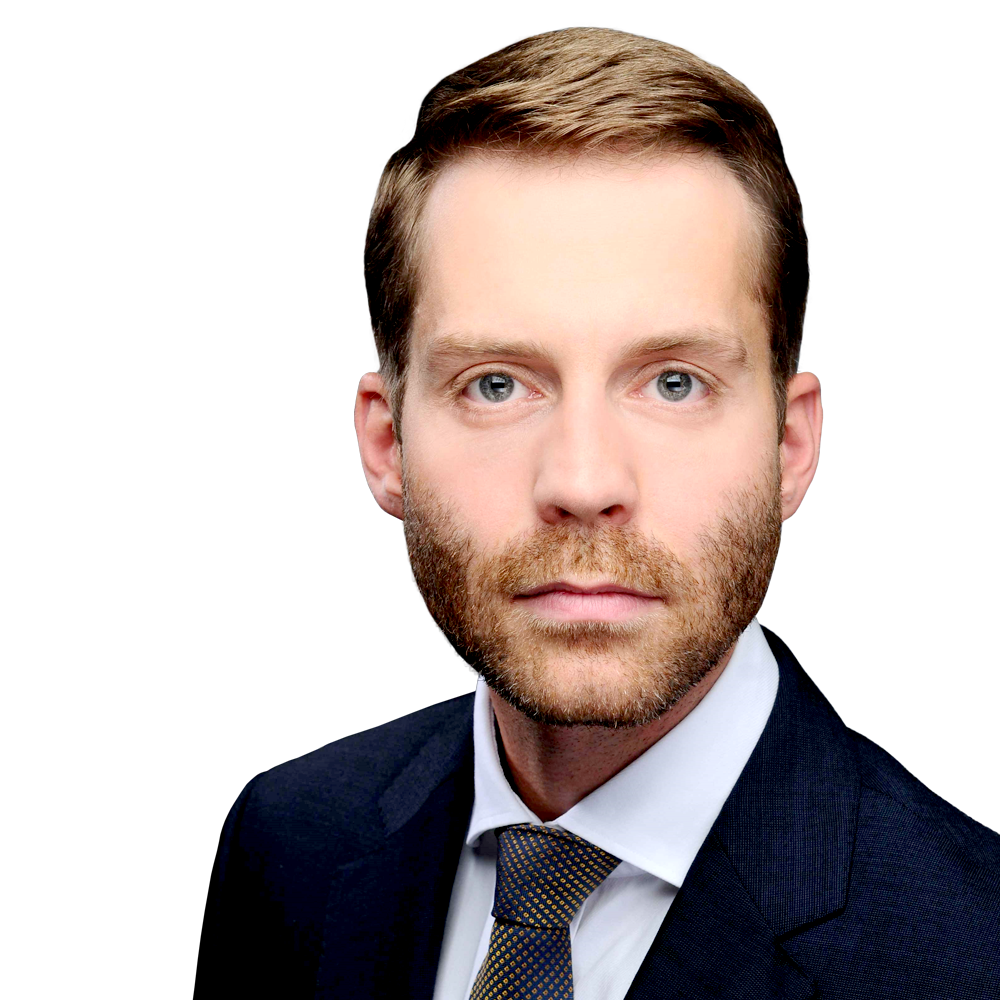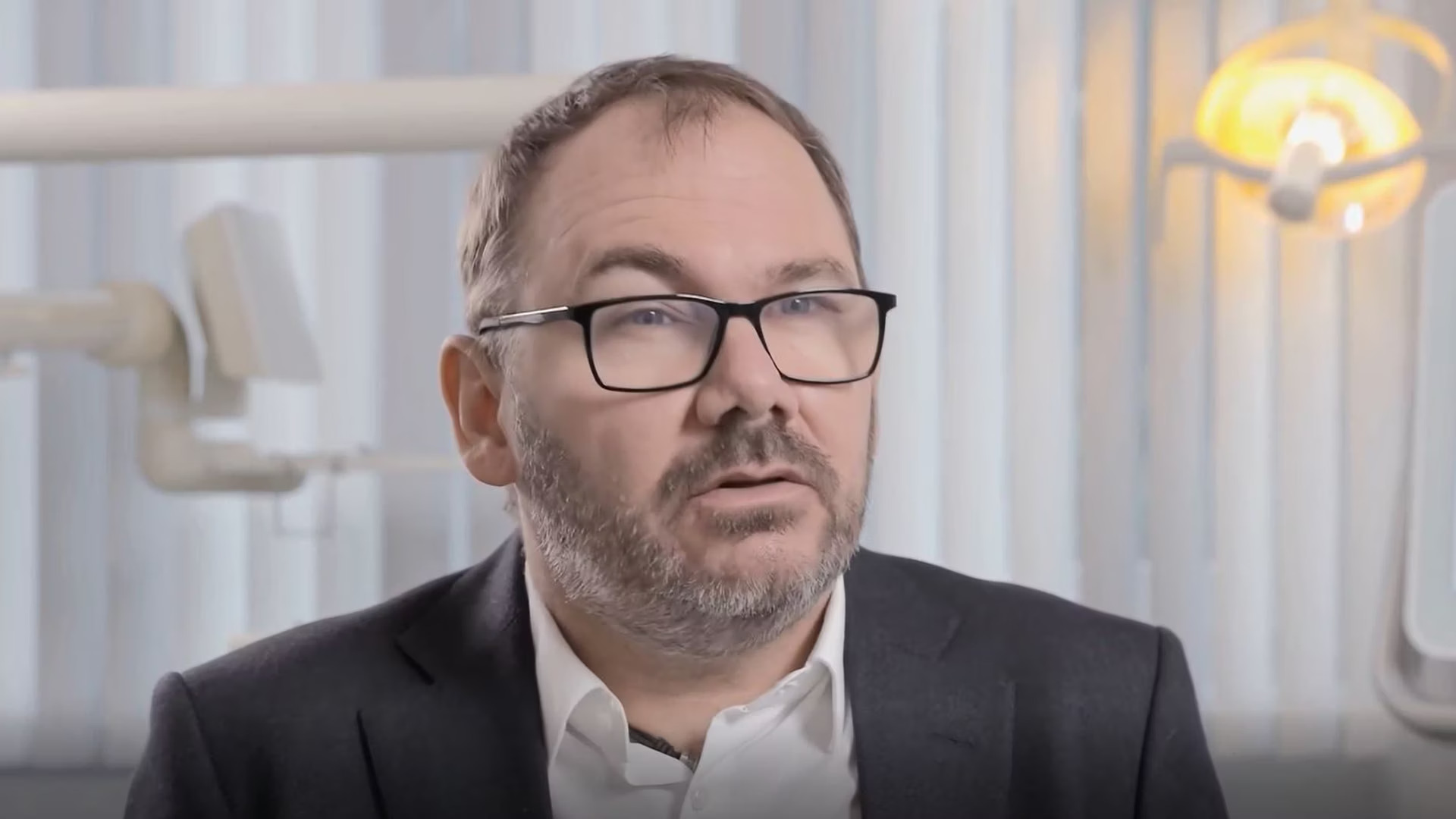
‘Artificial intelligence (AI) will not replace dentists; it will help make their clinical outcomes more predictable’, says Professor Falk Schwendicke.
‘Empowering your dental practice using AI and diagnostics’ was the subject of the latest in the Digital Excellence Series by Align Education. The session featured Professor Falk Schwendicke and Dr Ingo Baresel, both from Germany, and focused on how artificial intelligence (AI) can aid dental practitioners to treat patients and help them understand what their dentist is recommending and why.
Professor Falk Schwendicke

Falk Schwendicke is head of the Dental Polyclinic for Restorative and Periodontics at Ludwig-Maximillians-University (LMU) in Munich. He is also a leading expert on AI in dentistry.
Professor Schwendicke set the scene by stressing how digital data will enable dentists to offer more personalised care – moving from the current one-size-fits-all model of practice to personalised, precise, preventive and patient-driven care. This is otherwise known as ‘P4 dentistry’.
According to Professor Schwendicke: ‘We are not there yet, but this is where we want to go. This is the direction healthcare is moving towards. It’s one of the biggest trends and we in dentistry want to embrace that. At the heart of it is artificial intelligence. We want to automate tasks to make the treatment planning faster, more accurate and predictable.’
How does AI work?
Professor Schwendicke explained that in terms of imagery, AI incorporating machine learning broadly works by seeing the same thing over and over again. He cited the way some websites ask users to identify images such as traffic lights as part of a ‘are you really human?’ test.
‘But you can’t do that with a bitewing image. You can’t just put it on the internet and ask people where the caries are. You need experts, and you need multiple experts because expertise varies quite a lot. So, we usually have five or six people looking at every data point and really verify it, which machines then learn.’
He also pointed to a study six years ago which pitted experienced dermatologists against AI to identify melanomas (Esteva et al, 2017). ‘The AI was nearly as good as those dermatologists who’d studied for years looking at skin all day long. So, you can imagine where we are six years later, at the pace at which AI learns.’
Making dentists ‘better’
In dentistry, he added, Align Technology has developed Align X-Ray Insights, which will launch as a browser- based software as well as integrated into the Align Oral Health Suite on selected iTero digital scanners in the future. It analyses digital radiographs using AI to diagnose dental pathologies.
He stressed its use in communicating much more effectively with patients because not only can they visually comprehend the results of the radiograph, but they also view the diagnosis as ‘a second, objective opinion’, which Professor Schwendicke professed was ‘a big argument’ for using the system.
Professor Schwendicke also underlined that AI-assisted diagnosis can also help to make dentists ‘better’. He cited that ‘about 50% to 60% of caries are not diagnosed. AI has similar specificity of 80%-90% but a sensitivity of 80% or more. So, what these systems can do is boost us where we have weaknesses. Yes, these systems work, but they will not replace us, they will only make us better.’
Dr Ingo Baresel

In the second half of the presentation, Dr Ingo Baresel provided details about the digital diagnostic tools available as part of the Align Oral Health Suite.
He lauded the power of the iTero digital scanner with its near infra-red imaging technology (NIRI) which aids in detection and monitoring of interproximal caries lesions without using harmful radiation (Align Technology, 2018). It is the first integrated dental imaging system that simultaneously records 3D, intra-oral colour and NIRI images and enables comparison over time using iTero TimeLapse (Align Technology, 2018). This allows patients to properly understand how their teeth will look post treatment.
Espousing the iTero NIRI technology in particular, he echoed Dr Schwendicke’s point that patients are more accepting of a diagnosis when it’s backed by technology. He stressed that early detection of caries means a greater chance of treating problems in a ‘modern way’, such as sealing or with infiltration.
Dr Baresel impressed on delegates the power of using the iTero scanner as part of his practice. ‘Intraoral scanning and digital workflows have made me a better dentist. I can control everything. I can repair my prep if something is wrong – so, for restorative workflows, intraoral scanning has helped me be a better dentist.’
He enthused about Align X-Ray Insights becoming part of the Align Oral Health Suite, as it will add even more diagnostic power by combining the findings of radiographs and the ones from the iTero scanner’s NIRI imaging for comprehensive caries diagnostics.
Concluding he said: ‘Scanning nowadays is not just for replacing impressions – this is the tool you need for both diagnostics, patient education and communications.’
References
- https://pubmed.ncbi.nlm.nih.gov/28117445/ Esteva et al. Nature 2017
- Data on file at Align Technology, as of December 4, 2018.
To watch the full webinar or find out the date and subject of the next in the Digital Excellence Series please visit: www.itero.com/en-gb/education-and-support/courses-and-events.


